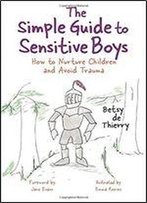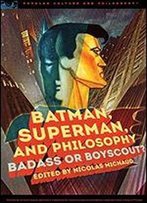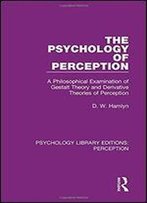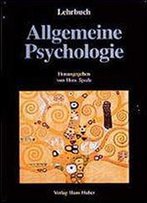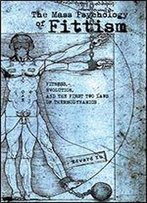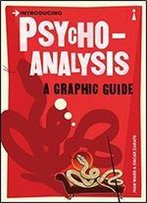
Hand Preference And Hand Ability: Evidence From Studies In Haptic Cognition (advances In Interaction Studies)
by Miriam Ittyerah /
2013 / English / PDF
1.8 MB Download
This volume adds new dimension and organization to the literature
of touch and the hand, covering a diversity of topics surrounding
the perception and cognition of touch in relation to the hand. No
animal species compare to humans with regard to the haptic (or
touch) sense, so unlike visual or auditory cognition, we know
little about such haptic cognition. We do know that motor skills
play a major role in haptics, but senses like vision do not
determine hand preference or hand ability. It seems also that the
potential ability to perform a task may be present in both hands
and evidence indicates that the hand used to perform tactile tasks
in blind or in sighted conditions is independent of one’s hand
preference. This book will be useful for those in education and
robotics and can serve as a general text focusing on touch and
developmental psychology.
This volume adds new dimension and organization to the literature
of touch and the hand, covering a diversity of topics surrounding
the perception and cognition of touch in relation to the hand. No
animal species compare to humans with regard to the haptic (or
touch) sense, so unlike visual or auditory cognition, we know
little about such haptic cognition. We do know that motor skills
play a major role in haptics, but senses like vision do not
determine hand preference or hand ability. It seems also that the
potential ability to perform a task may be present in both hands
and evidence indicates that the hand used to perform tactile tasks
in blind or in sighted conditions is independent of one’s hand
preference. This book will be useful for those in education and
robotics and can serve as a general text focusing on touch and
developmental psychology.



